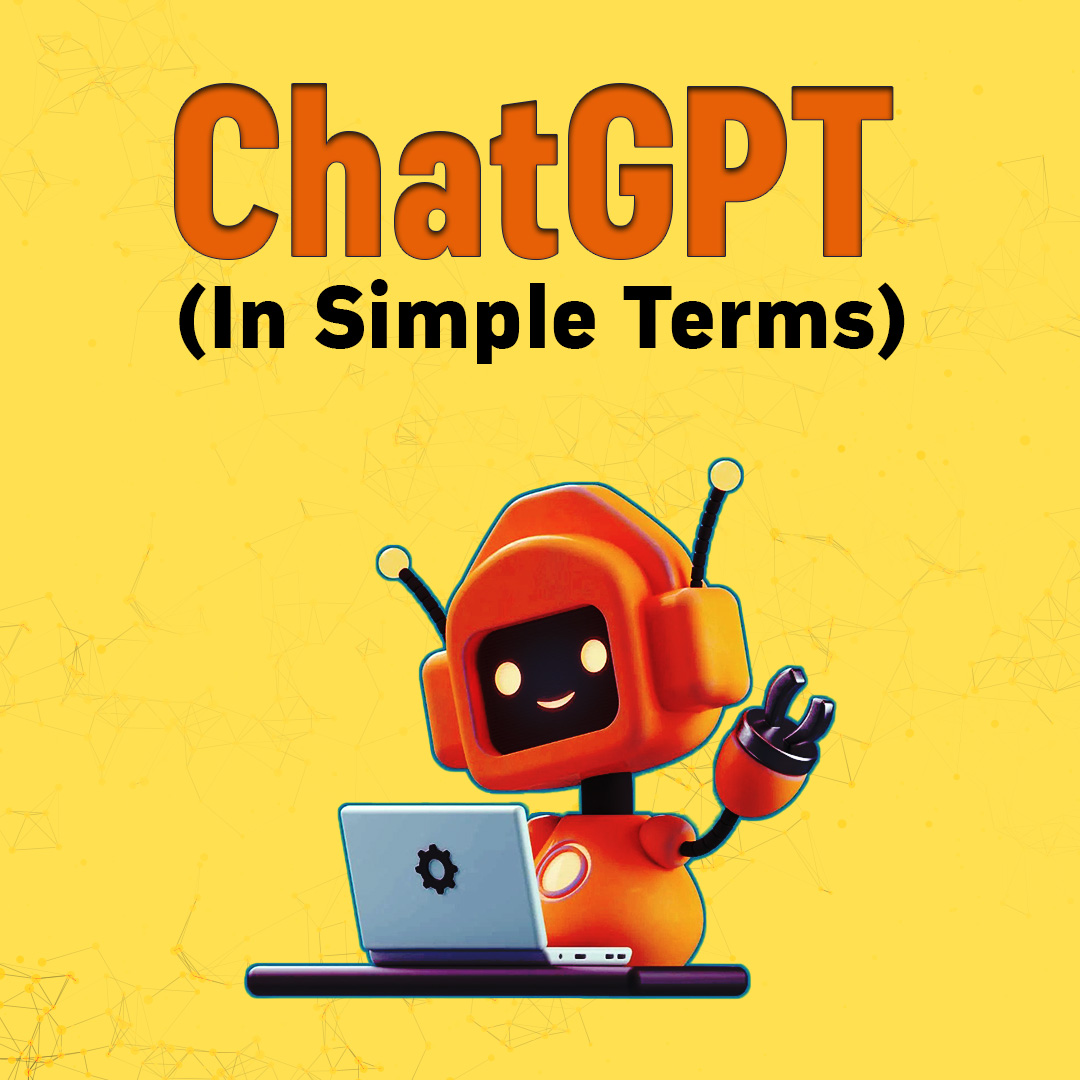Technology
ChatGPT (In Simple Terms)
ChatGPT enables users to ask questions or tell a story, and the bot will respond with relevant, natural-sounding answers and topics..

What is ChatGPT?
ChatGPT enables users to ask questions or tell a story, and the bot will respond with relevant, natural-sounding answers and topics. The interface is designed to simulate a human conversation, creating natural engagement with the bot.
Who created ChatGPT?
OpenAl, a San Francisco-based Al and research company, launched ChatGPT on November 30, 2022. OpenAl also created Whisper, an automatic speech recognition system, and DALLE-2, a popular Al image and art generator.
How Can You Use ChatGPT?
ChatGPT can be used for a variety of applications, including customer service, online shopping, hiring, and training staff, streamlining operations, and providing more personalized customer experiences.
Some use cases for ChatGPT include:
■ Generating responses in a chatbot or virtual assistant, to provide more natural and engaging interactions with users.
■ Brainstorming content ideas on keywords or topics.
■ Creating personalized communication, such as email responses or product recommendations Creating marketing content like blog posts or social media updates Translating the text from one language to another.
How to Get Started With ChatGPT?
ChatGPT is in beta right now, and you can get started by going to chat.openai.com. Click ‘Sign Up’ to set up your account. Once you’ve created your account, ChatGPT will provide examples of what you can do with the tool, and help you through the process of running your first queries.
The Limitations of ChatGPT
a) Although ChatGPT is a powerful Al-based chatbot system, it does have some limitations. It can only provide answers based on the data it has been trained on.
b) ChatGPT is not a search engine, therefore it does not have the ability to search the internet for information. Rather, it uses the information it learned from training data to generate responses.

-
Cyber Security1 year ago
Top 5 Web Applications Security Risks
-
Cyber Security1 year ago
How to embark on a CyberSecurity
-
Technology1 year ago
GPS Will Become History, VPS Is Coming Soon | Visual Positioning System
-
Technology1 year ago
Scrubbing Dishes Sucks But This Robot Will Do It For Us
-
Cyber Security1 year ago
Top 5 CyberSecurity Experts You Must Follow in 2023
-
Technology1 year ago
What is ChatGPT & how it will affect in 2023?












